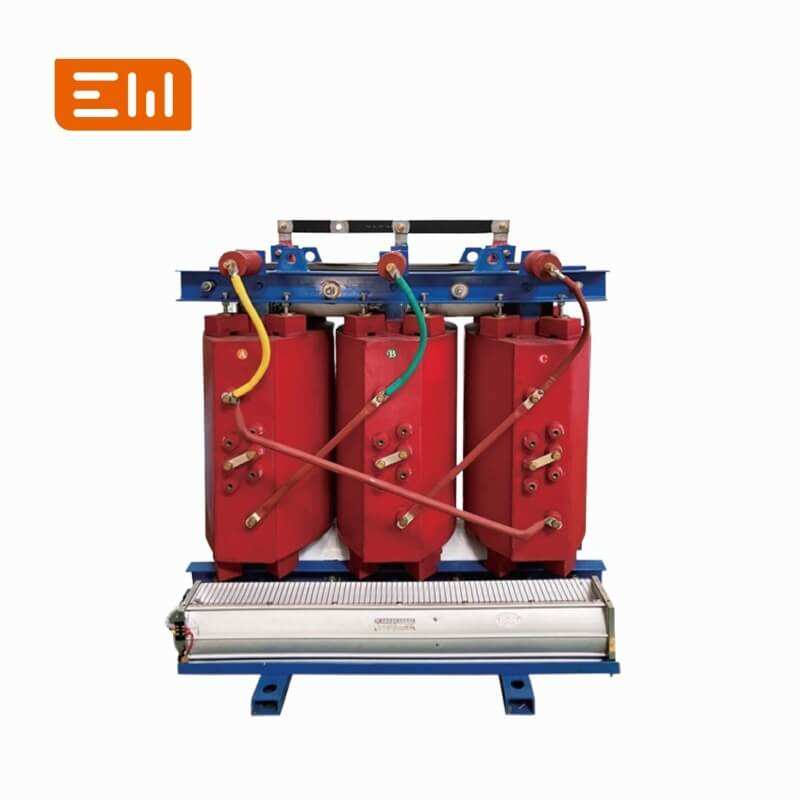Telephone Pole Transformer Reliability for Neighborhood Distribution
Telephone pole transformers—also known as pole-mounted distribution transformers—deliver power to residential streets, small businesses, and utility infrastructure mounted along overhead lines. Reliability hinges on proper sizing, protective accessories, and routine maintenance.
Quick Definition: A telephone pole transformer is a single-phase or three-phase oil-immersed transformer mounted on a utility pole to step down medium voltage to 120/240 V or 230 V service levels.
Key Project Takeaways
- Telephone pole transformers must comply with IEC 60076, IEEE C57 series, and local safety codes.
- Load growth from EV chargers and home offices drives higher kVA ratings and tap changer considerations.
- Enwei Electric offers sealed oil-immersed pole transformers with customizable accessories and monitoring.
- Proper installation, wildlife protection, and preventive maintenance extend service life.
Neighborhood Demand Trends
Residential loads are evolving: electric vehicle charging, heat pumps, and smart homes increase evening peaks and create fluctuating demand. Telephone pole transformers must handle these new load patterns while maintaining voltage regulation and minimizing losses.
Utilities also aim to reduce outages and improve power quality. High-efficiency cores and integrated sensors enable proactive management.
Transformer Basics
Pole transformers typically feature a sealed tank with core-and-coil assembly immersed in mineral oil or natural ester. High-voltage bushings connect to overhead feeders, while secondary bushings feed service drops. Accessories include pressure relief valves, fill plugs, and mounting brackets.
Many utilities specify single-phase units rated 25–100 kVA for residential streets, with larger three-phase banks supporting commercial pockets. Tap changers adjust ±2.5 % or ±5 % to maintain voltage.
Standards and Codes
- IEC 60076-1:2020 — Defines general transformer requirements. Source: IEC
- IEEE C57.12.20-2017 — Provides design criteria for distribution transformers. Source: IEEE
- IEEE C2-2023 (NESC) — Specifies safety clearances and grounding for pole installations. Source: IEEE
Compliance ensures transformers meet thermal, dielectric, and mechanical performance requirements, reducing warranty claims and outages.
Design Checklist
| Design Factor | Recommendation | Benefit |
|---|---|---|
| kVA Sizing | Include 20 % reserve for EV and appliance growth | Prevents overloads, keeps voltage within limits. |
| Efficiency | Specify DOE Tier 2 or equivalent high-efficiency core | Reduces losses and operational cost. |
| Protection | Add lightning arresters, bayonet fuses, and wildlife guards | Improves uptime and safety. |
| Enclosure Coating | Use corrosion-resistant paint and stainless hardware | Extends service life in coastal or humid areas. |
| Monitoring | Integrate temperature and load sensors with telemetry | Enables remote diagnostics and asset management. |
Deployment Scenarios
Suburban neighborhoods: Require quiet operation and aesthetic considerations; sealed tanks reduce noise and leaks.
Rural feeders: Encounter long feeder lengths; tap changers and voltage regulators mitigate drop.
Mixed-use corridors: Use three-phase banks to supply shops and small businesses, necessitating balanced loading.
Telecom infrastructure: Pole transformers often share poles with telecom lines; careful clearances and grounding protect both systems.
Installation Best Practices
Poles should be inspected for structural integrity and appropriate class rating. Crews use insulated booms to lift transformers, securing them with galvanized steel bands. Primary and secondary conductors must be torqued to manufacturer specifications, and grounding electrodes verified for low resistance.
Clear labelling, wildlife guards, and communication line separation keep workers and public safe.
Maintenance Plan
Annual inspections check for oil leaks, rust, damaged bushings, and loose connections. Thermography detects abnormal heating, while sound inspections identify winding issues. Vegetation management around poles prevents flashovers and improves access.
Utilities may adopt condition-based monitoring with IoT devices to track temperature and load cycles, scheduling replacements before failures occur.
Engineer Checklist
- Analyze load profiles, diversity factors, and future electrification plans.
- Specify insulation, tap range, and vector group suited to feeder characteristics.
- Include surge protection, wildlife guards, and corrosion-resistant hardware.
- Plan installation logistics, clearances, and telecom coordination.
- Develop maintenance schedules, inspection forms, and asset tracking updates.
Enwei Electric Telephone Pole Transformer Offerings
Enwei Electric provides oil-immersed pole transformers with hermetic sealing, high-efficiency cores, and optional sensor packages. Review models at https://www.enweielectric.com/products/transformers/oil-immersed-transformers. Complementary low-voltage panels (https://www.enweielectric.com/products/switchgear) and prefabricated substations (https://www.enweielectric.com/products/substations) complete neighborhood distribution solutions.
Engineering FAQ on Telephone Pole Transformers
How often should pole transformers be inspected?
Utilities typically perform annual visual inspections with thermographic scans and schedule oil testing as needed.
Can pole transformers support EV charging?
Yes, provided engineers account for additional load and potentially upgrade kVA ratings or add new units.
Why select Enwei Electric?
Enwei Electric delivers efficient, sealed pole transformers with customization and technical support for utility deployments.
Call to Action: Deliver Reliable Neighborhood Power with Enwei Electric
Dependable telephone pole transformers keep communities energized. Partner with Enwei Electric for standards-compliant designs, accessories, and lifecycle support. Contact Enwei Electric today to plan your next overhead distribution upgrade.
Project Applications
See real-world deployment examples and gallery highlights across Enwei Electric product hubs:
- Transformer solutions for distribution and industrial projects.
- Switchgear portfolios covering medium- and low-voltage control rooms.
- Current transformer ranges supporting precision metering and protection.
- Prefabricated substations that integrate transformers, switchgear, and panels.
Table of Contents
- Telephone Pole Transformer Reliability for Neighborhood Distribution
- Key Project Takeaways
- Neighborhood Demand Trends
- Transformer Basics
- Standards and Codes
- Design Checklist
- Deployment Scenarios
- Installation Best Practices
- Maintenance Plan
- Engineer Checklist
- Enwei Electric Telephone Pole Transformer Offerings
- Engineering FAQ on Telephone Pole Transformers
- Call to Action: Deliver Reliable Neighborhood Power with Enwei Electric
- Project Applications


